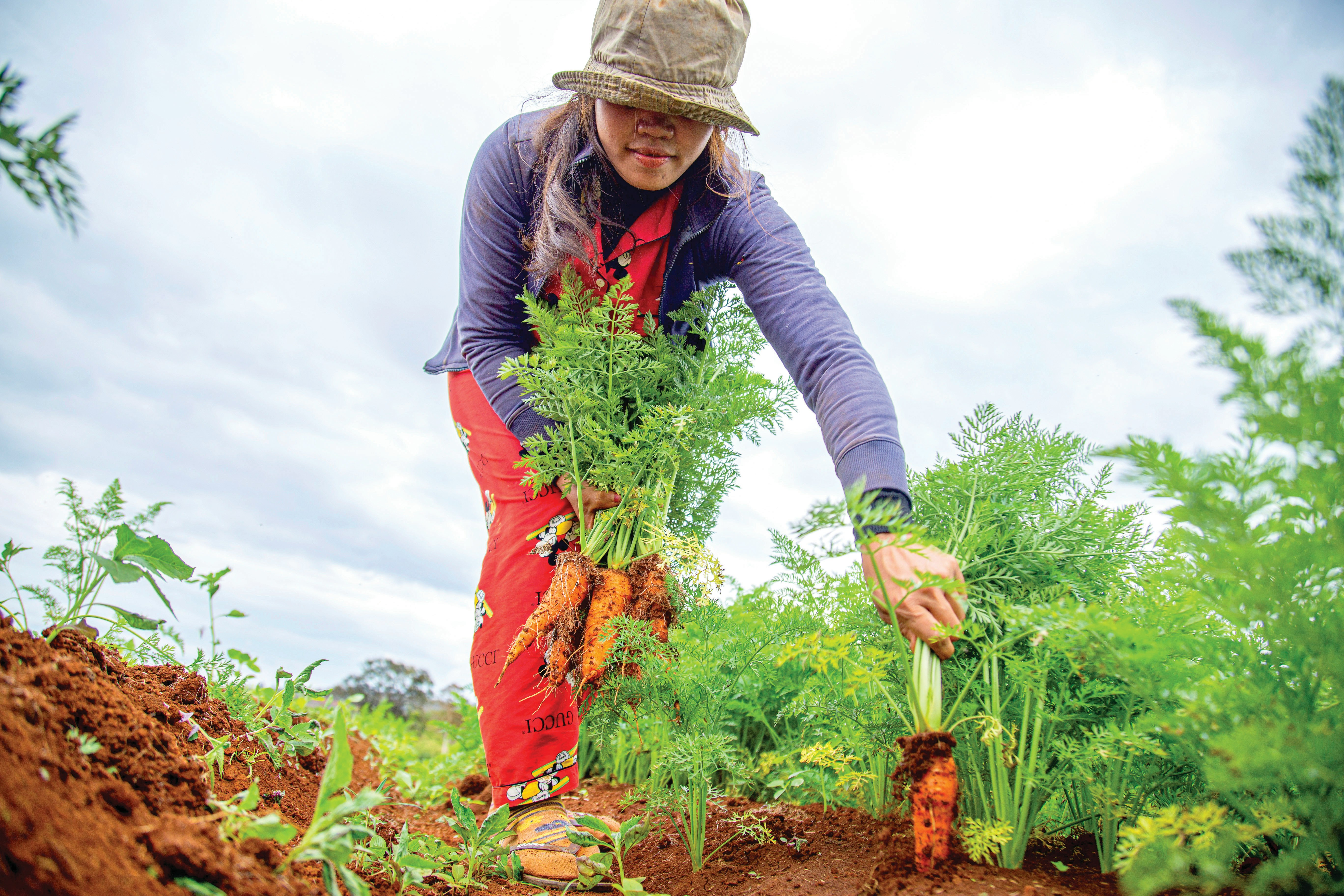Women in Australian agriculture: from the shadows to shaping the future
Imagine working in an industry for over a century, yet having your contributions often overlooked. This has been the reality for women in Australian agriculture, who have long been working behind the scenes, driving the industry forward. It’s time to acknowledge and celebrate the pivotal roles women continue to play in shaping agriculture. Let’s explore the transformation of women’s roles in agriculture, where we are today, and what more can be done to drive progress.
Historical context: foundations of change
For generations, the agricultural sector in Australia operated under assumptions about who could and should take on roles in farming and land management. While the contributions of women were often overlooked or misunderstood, they were nonetheless integral to the functioning and success of the industry.
The Invisible Farmer Project is a groundbreaking study that sheds light on the critical role of women in Australian agriculture, highlighting that women have long made up nearly half of the income generated by farms.
It wasn’t until 1994 that women were even legally recognised as farmers, they were identified as ‘silent partners’. To make matters worse farming women were excluded from the census until 1891, and agricultural colleges did not admit women until the 1970s.
These systemic barriers have shaped their journey to greater equity in the sector.
The present: shifting toward inclusivity and representation
Today, women in agriculture are stepping into positions of influence, advocating for change and helping to shape the future of the sector.
While women now make up 31% of the agricultural workforce and 19% of the industry’s governing bodies, the need for more inclusive representation remains. Despite these strides, women still represent 2% of CEO (or equivalent) roles, underscoring the importance of continuing efforts to greater equity.
This shift isn’t just about correcting historical imbalances; it’s about harnessing the power of diver perspectives to enrich the sector. With these shifting tides, women are now leading more important initiatives, shaping policies and contributing to the economic and social fabric of agriculture.
Looking forward: shaping the future of agriculture
The future of Australian agriculture is brighter than ever, with tremendous potential as more women embrace leadership roles that are shaping industry trends. To help bring this future to life, there are a number of initiatives designed to empower emerging leaders and help build a flourishing and resilient industry.
Programs such as the National Federation of Farmers’ Diversity in Agriculture Leadership Program is designed to equip individuals with the skills and confidence to lead at the highest levels. Each year, the program has successfully prepared 12 individuals for leadership roles, with several graduates now serving on agricultural boards.
Moreover, initiatives such as Walking the Wire addresses the financial security of women in rural agribusiness. Created by women who have already made their mark on the industry, it provides practical advice and resources to help others thrive. Want to learn more?
Organisations like Australian Women in Agriculture are too instrumental in providing these opportunities, fostering a network of support, mentoring and skill-building to accelerate change.
By investing in development programs and creating a more inclusive industry, we can ensure that agriculture thrives in the hands of everyone.
Empowering a new generation
Agriculture is at a pivotal moment in its evolution, with unprecedented opportunities for innovation, progress and growth. Ensuring that the industry remains resilient and successful, it’s imperative that we invest in leadership development, create inclusive work environments and foster diverse perspectives. The future of agriculture will not thrive on the hard work of farmers alone, but through the empowerment of all those shaping the sector’s future.






